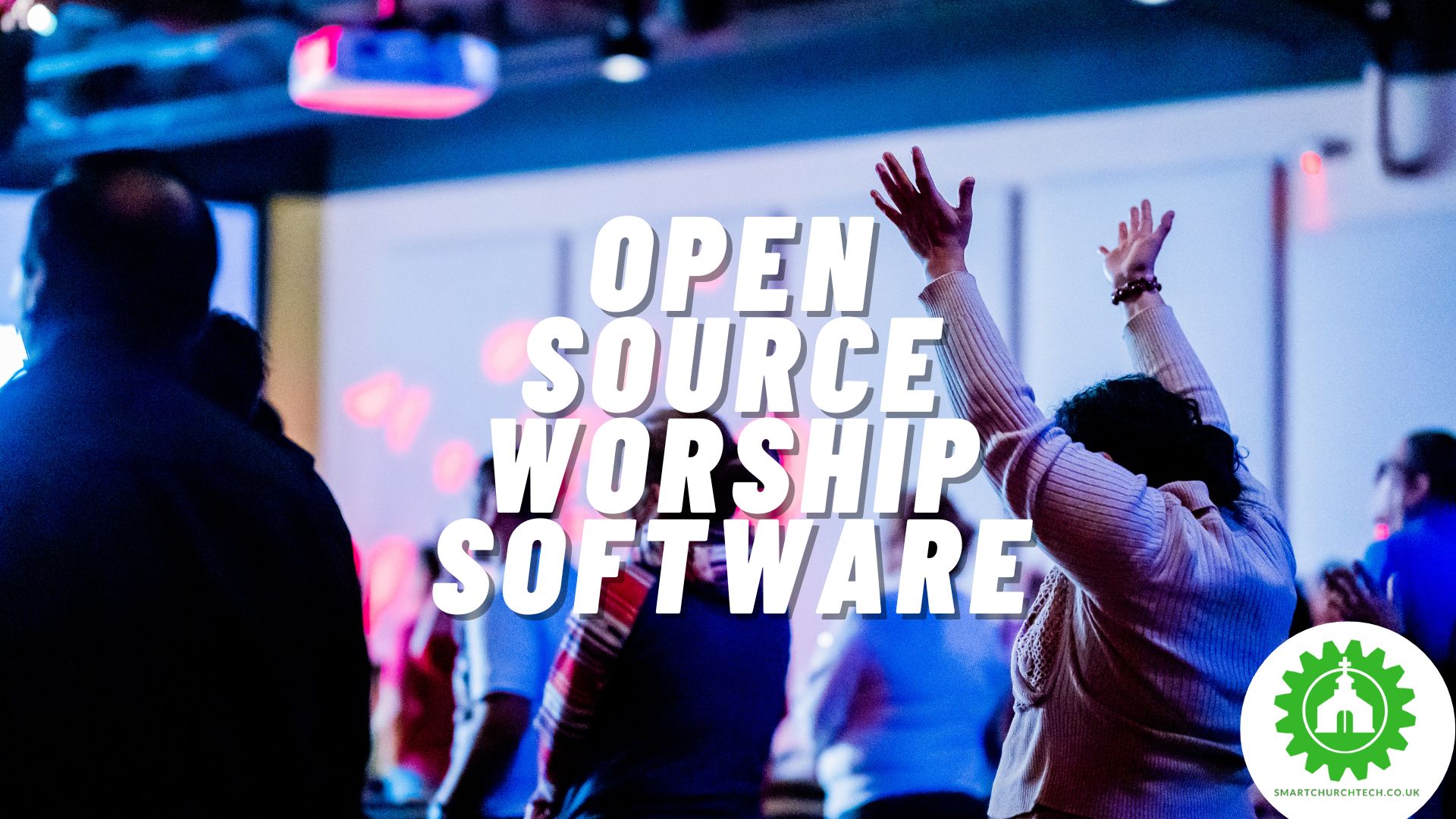In an era where technology is deeply integrated into our lives, places of worship are no exception. From managing multimedia presentations to enhancing the worship experience, software has become a valuable tool for religious organizations. While there are numerous commercial options available, the rise of open source worship software has brought flexibility, customization, and affordability to the forefront of this niche.
Let’s explore the world of open source worship software, its benefits, and how it is transforming the way religious communities conduct their services.
The Evolution of Worship Software
Traditionally, houses of worship relied on printed hymnals, overhead projectors, and manual sound systems to conduct services. However, as technology advanced, the need for more efficient and dynamic tools became evident. Commercial worship software emerged, offering features like lyric projection, media integration, and remote control of lighting and audio. While these solutions provided valuable services, they often came with hefty price tags, limiting access for smaller congregations and non-profit organizations.
The Open Source Alternative
Open source worship software provides an alternative that empowers religious communities of all sizes. Here are some key advantages:
Cost-Efficiency
Open source software is typically free to use. Congregations can allocate their budgets to other important needs, such as community outreach, rather than expensive software licenses.
Customization
Open source solutions are highly customizable. Religious organizations can adapt the software to meet their specific needs, whether it’s creating templates for different types of services or integrating unique multimedia elements.
Community Support
The open source community is known for its active and collaborative nature. Congregations can tap into a network of developers and users who share their experiences, offer support, and contribute to the software’s improvement.
Transparency
Open source software is transparent, meaning users can inspect the source code for security and privacy concerns. This transparency builds trust among congregations and ensures data integrity.
Popular Open Source Worship Software
Several open source worship software options are gaining popularity.
OpenLP
OpenLP is a feature-rich open source worship presentation program. It supports lyrics projection, Bible verses, images, and videos. Users can customize templates and integrate with various Bible translations.
Quelea
Quelea is a cross-platform worship software that includes features like lyric projection, chord charts, and stage notifications. It also supports integration with Planning Center Services.
OpenSong
OpenSong is a lightweight open source worship software ideal for smaller congregations. It provides basic features for lyrics projection and chord chart display.
How Open Source Worship Software is Transforming Worship Services
Multimedia Integration: Open source worship software enables religious communities to seamlessly integrate multimedia elements such as images, videos, and audio, enhancing the worship experience.
Remote Accessibility: Many open source solutions offer remote access, allowing worship leaders to control presentations from mobile devices, facilitating a more dynamic and interactive service.
Customized Worship: Congregations can tailor presentations to match the unique themes and styles of their services, creating a more meaningful and immersive worship experience.
Collaboration: Open source worship software fosters collaboration among worship teams. Multiple users can contribute to the presentation, making it easier to manage and organize content.
Open source worship software is revolutionizing the way religious communities conduct their services. By providing cost-effective, customizable, and community-driven solutions, it empowers congregations of all sizes to embrace technology and enhance the worship experience. As technology continues to evolve, open source worship software will likely play an even more significant role in shaping the future of worship services.

